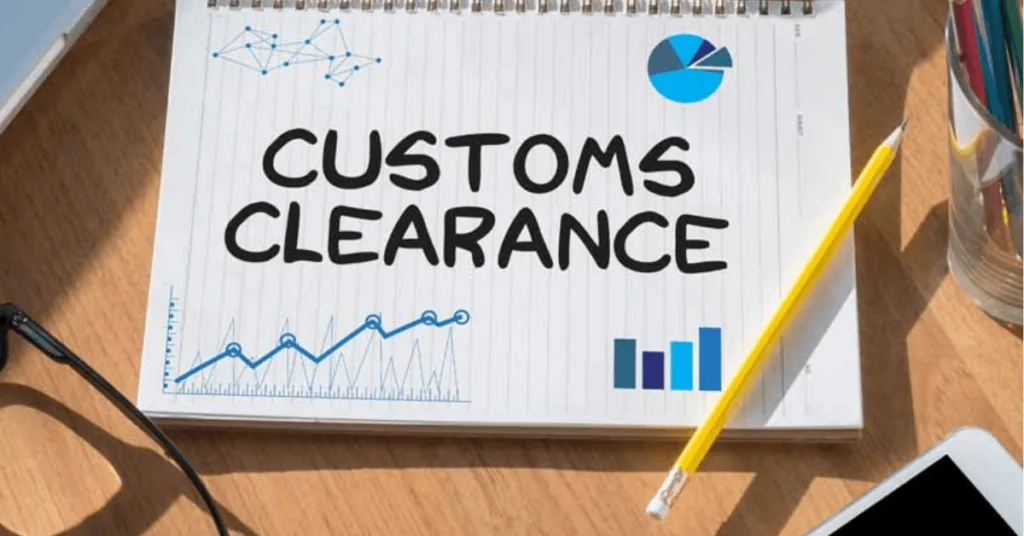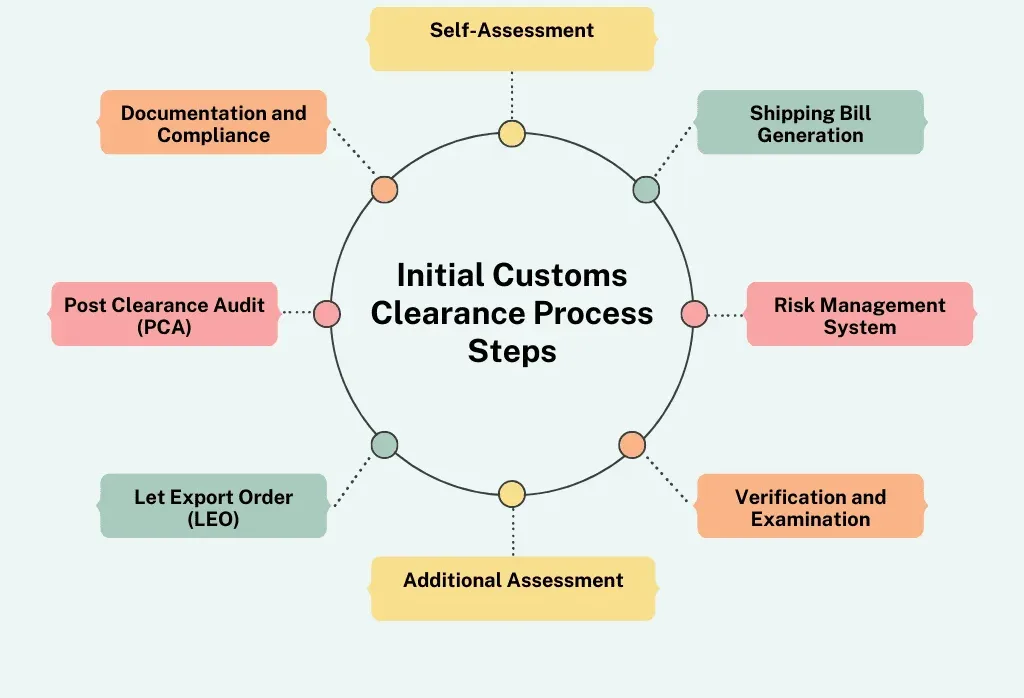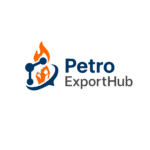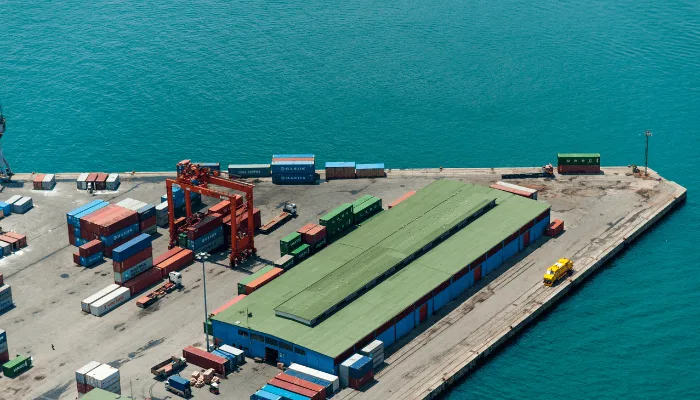Customs Clearance in Petrochemical Exports

Customs Clearance in Petrochemical Exports: A Complete Guide for 2025
Introduction
In the world of petrochemical exports, securing buyers and arranging logistics are only half of the challenge. The real test begins at customs clearance, where strict regulations, documentation errors, or delays can result in significant financial losses. For exporters of PE100B, base oil SN150, solvents, and monoethylene glycol (MEG), navigating customs efficiently is critical to ensure smooth shipments and maintain trust with international buyers.
This article provides a step-by-step guide to customs clearance in petrochemical exports, explains the risks, and shares best practices to avoid costly mistakes.
1. Why Customs Clearance is Critical in Petrochemical Exports
Regulatory Complexity: Petrochemicals are often dual-use goods, requiring additional scrutiny.
High Value Shipments: Even minor delays can block millions of dollars in goods.
Trade Compliance: Misdeclared HS codes or missing permits can lead to fines or blacklisting.
Market Reputation: Reliable exporters are preferred by international buyers.
2. Essential Documents for Petrochemical Customs Clearance
Commercial Invoice – Must detail product name, grade, and price.
Packing List – Includes container number, weight, and quantity.
Bill of Lading (B/L) – Proof of shipment for import/export procedures.
Certificate of Origin – Confirms country of production (e.g., Iran for PE100B).
HS Code Declaration – Accurate classification is mandatory.
Dangerous Goods Declaration (if required) – For solvents and flammable materials.
Product Certificates – e.g., COA (Certificate of Analysis) for MEG or SN150 base oil.
3. Common Challenges in Petrochemical Customs Clearance
a) Incorrect HS Codes
Using wrong codes for monoethylene glycol or PE100B can result in fines or confiscation.
b) Changing Regulations
Exporters face frequent updates in European Union REACH or Asian chemical import laws.
c) Sanctions and Restrictions
Petrochemicals from Iran or sanctioned regions face additional compliance checks.
d) Incomplete or Wrong Documentation
Errors in invoices, weights, or COA details cause major shipment delays.
e) Safety and Environmental Rules
Many ports enforce strict handling standards for solvents and chemicals.
4. Best Practices for Smooth Customs Clearance
Know Your HS Codes
Double-check HS code classification for each chemical product.
Example: Base Oil SN150 → HS Code 2710; Monoethylene Glycol (MEG) → HS Code 2905.
Prepare Documents in Advance
Align documents with shipping and banking requirements (especially for LCs).
Stay Updated on Trade Laws
Monitor EU REACH, Asian import laws, and Middle Eastern FTZ regulations.
Work with Licensed Customs Brokers
Choose brokers experienced in petrochemical exports.
Use Digital Platforms
Many customs offices now allow electronic document submission, reducing delays.
Plan for Inspections
Always prepare for possible container inspections in ports like Jebel Ali, Istanbul, or Singapore.
5. Regional Customs Clearance Dynamics
| Region | Key Requirement | Notes for Petrochemical Exporters |
|---|---|---|
| Europe | REACH Registration | Strict on environmental compliance |
| Asia (China/India) | Import Licenses | High demand but strong regulatory checks |
| Middle East (UAE, Turkey) | FTZ Simplification | Jebel Ali FTZ offers faster clearance |
| Africa | Local Customs Challenges | Slower processes, reliance on brokers |
| South America | Safety Declarations | Stringent requirements for solvents |
6. Case Studies
Case 1: MEG Export to China – A delayed HS code classification added 10 days to customs clearance, highlighting the need for correct documentation.
Case 2: SN150 Base Oil to Africa – Partnering with an experienced broker reduced clearance time from 14 days to 6.
Case 3: PE100B Shipment to Europe – Compliance with REACH ahead of time ensured smooth entry and strengthened the exporter’s reputation.
7. Future of Customs Clearance in Petrochemical Exports
Digitalization & Blockchain: More countries adopting digital customs platforms.
AI for Compliance Checks: Automated HS code and sanctions verification.
Regional Trade Agreements: FTAs between Asia and the Middle East will simplify clearance.
Sustainability Rules: Green compliance will become a must for petrochemical exporters.
FAQs
Q1: What is the most common mistake in petrochemical customs clearance?
Incorrect HS code declaration.
Q2: Do all petrochemicals need Dangerous Goods Declarations?
Not all, but solvents and flammables usually require them.
Q3: Can Free Trade Zones reduce customs clearance time?
Yes, FTZs like Jebel Ali offer streamlined customs procedures.
Q4: How do sanctions affect customs clearance?
Shipments may face additional checks or even rejections.
Customs clearance is one of the most critical steps in petrochemical exports, where mistakes can cause major delays and financial losses. Exporters of PE100B, SN150, solvents, and MEG must carefully manage HS codes, documents, and compliance requirements. Regional regulations vary, making broker partnerships and digital tools essential. Sanctions and environmental laws add complexity. With best practices, exporters can achieve faster clearance and stronger buyer trust.

Would you be looking for suppliers in Iran?
- Contact Us today and get connected with producers and export-ready logistics.
- sales@PetroExportHub.com

Related posts
Mono Ethylene Glycol (MEG) serves as a cornerstone for modern antifreeze and coolant formulations, offering reliable freezing protection and heat resi . . .
2 minute
Read more
Explore Solvent 100’s specs, uses, and export opportunities from Iran. Ideal for paint, ink, and adhesive buyers in India, Turkey, UAE, and Africa. . . .
3 minute
Read more
Explore everything you need to know about exporting sulphur from Iran in 2024 — including types, packaging, documents, ports, prices, and top import . . .
2 minute
Read more
Explore Iran’s top ports for petrochemical exports, including Bandar Imam Khomeini, Assaluyeh, and Bandar Abbas. Compare infrastructure, accessibili . . .
2 minute
Read more
Learn the key differences between polypropylene (PP) and polyethylene (PE), their applications, advantages, and how to choose the right polymer for yo . . .
2 minute
Read more
Discover how a Turkish plastics manufacturer reduced costs by 22% through importing HDPE from Iran. Real-world case study by PetroExportHub. . . .
2 minute
Read more
Learn why Iran is a leading exporter of polyethylene (PE). Discover grades, global applications, and how PetroExportHub connects buyers with top suppl . . .
1 minute
Read more
We are here to answer your questions....
+ 989127607241
Petro Export Hub
PetroExportHub specializes in the export of premium-grade petrochemicals, minerals, and industrial chemicals from Iran, serving international markets with reliability, transparency, and tailored logistics solutions
Tehran Office
Phone:
0214865484 | +989127607241
Address:
Tehran..
China Office
TEL :
0211400
Address:
Zhongzhou Bie Lu, Zhongcheng Street, Yiwu City, Zhejiang Province, China
Quick Access
Quick Access
- Contact Our Sales Team
- Frequently Questions
- Shipping & Logistics
- Become a Partner
- Certificatins & Quality







